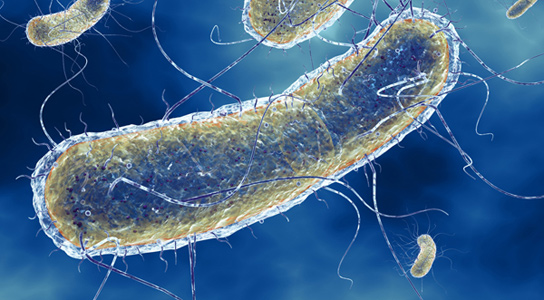
Escherichia coli bacteria
The bacterium Escherichia coli takes about 20 minutes to duplicate in optimal conditions. Biological physicists state that the bacteria are impressively close to the limit established by the laws of physics.
The scientists published their findings in a preprint arXiv. Jeremy England, a biological physicist at MIT in Cambridge wanted to examine how living systems seemed to defy the Second Law of Thermodynamics.
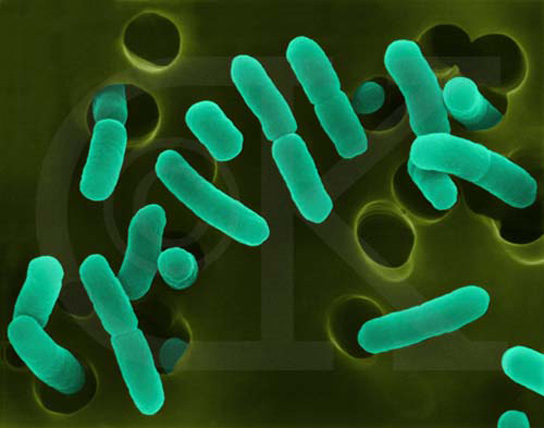
Life doesn’t defy the second law of thermodynamics because it produces entropy in the form of heat to compensate for its state of orderliness. England tried to rigorously estimate the amount of heat that must be produced when living organisms replicate. He wondered, while still respecting the second law, how efficient replication could be.
England used statistical mechanics to model this behavior. In terms of energy, he needed to find out what the cheapest way involved was. The minimum amount of heat that would pay for the order needed in the raw ingredients of the second cell was estimated by the likelihood that it could fall apart.
The challenge involved figuring out what class of paths should dominate this process. England considered the most general reversal routes, which was if by chance all of the molecules in the replicated bacteria disintegrated. This is very unlikely, but figuring out exactly how unlikely allowed him to place a rough limit on how reversible replication is and the minimum energy cost.
This also allowed him to estimate the minimum amount of heat that needed to be generated for replication. The minimum energy is a little more than a third of the real amount E. coli generates. If the cells were only twice more efficient, they would be approaching maximum efficiency.
If scientists want to engineer a bacterium for a highly specialized task using synthetic biology, there is room for improvement. Modified E. coli could be at least twice as efficient at replicating, resulting in faster colony growth that could be useful in biotechnology.
Reference: “Statistical physics of self-replication” by Jeremy L. England, 21 August 2013, The Journal of Chemical Physics.
DOI: 10.1063/1.4818538


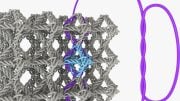

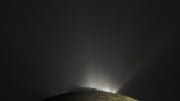

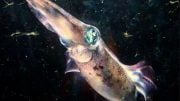


Be the first to comment on "Bacteria Replicate Closely to the Actual Thermodynamic Limit"